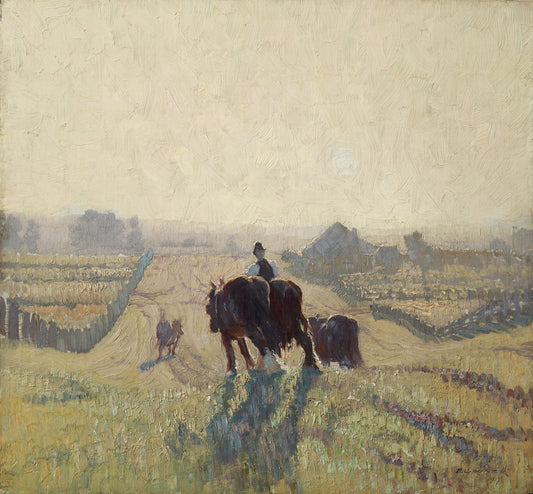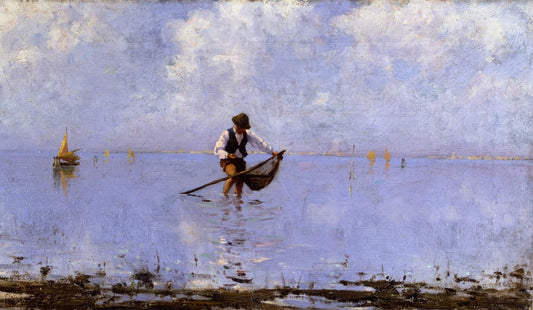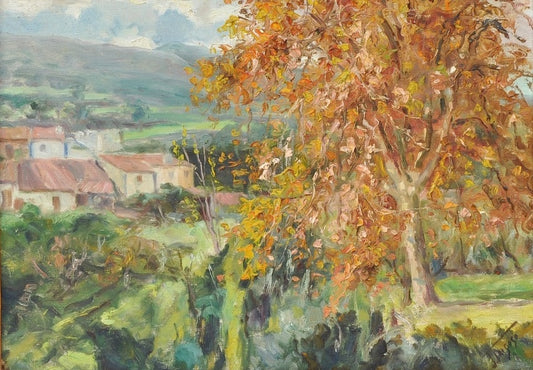This is the sixteenth in our series of emails called “How I Monk.” In this series we will be highlighting + celebrating members of the Monk Manual community as they’ve meaningfully applied our tools and resources to find peaceful being and purposeful doing in their everyday lives. If you’d like to be featured in a future “How I Monk,” share your information with us here… #HowIMonk
Name: Erin Sloan
Occupation: Self-employed rural family medicine physician
Location: Western OK, USA
A bit about who you are and how you spend your days:
A TV show of my life might be called “Western Exposure.” I grew up as a city girl in Colorado but found my way to a small town in western Oklahoma where I practice family medicine. It’s not Alaska, but there is an equal amount of colorful characters and depth of connection in my community. My other two important purposes are my partner, Aaron, and my two teenagers. The kids keep us all busy with sports, church, orthodontia, learning to drive, etc, but we make it a point to at least eat dinner together most evenings. I also like to read, cook, hike, kayak, visit new places, and do home-improvement projects.

What originally drew you to the Monk Manual?
I started using the Monk Manual 90-day planner about five years ago to help clarify my goals and budget my time. I felt overwhelmed by simultaneously starting my own medical practice, moving to a new small town, and becoming a single parent. I loved that the Monk Manual combined longer-range planning by months and weeks with a daily planner. Having the hours of the day listed on that daily sheet is an essential reminder that time is finite and only so many things will fit. Developing a practice of filling this out every day made me better at saying no to the right things, and has made it easier to stay mindful of big-picture goals and find ways to work them into my routine.

Do you have a favorite prompt or section?
I love seeing my to-do’s listed out on the daily schedule and it has helped me tremendously to prioritize just three items at the top. But what I need the most are the sections for reflection. Taking ten minutes for these at the end of each day has helped me draw connections and conclusions, be more honest about my actions, adjust my emotional responses, and recenter for the day ahead. This is now an essential daily habit and I feel lost on the few days I don’t have my daily page done the night before.
Practical Monk Manual Tip:
I use a little blank Monk Manual notebook for a “brain dump” and keep this in the back pocket of my planner. This is where I write down any and everything that crosses my mental desktop, like simple tasks, house project ideas, things to do with my children, places to visit, improvements in my medical practice, or personal challenges I want to face. Once I’ve written it down I don’t feel compelled to remember it, and there is not a recency bias in choosing which things actually get attention. I refer back to these lists at the beginning of each year, month, and week to remind myself what has been on my heart. Seeing dozens of these items written down together relieves any expectation that all will ever be done, and it is easier to spot true priorities and just let the rest go.
When you were first getting started, what part of the Monk Manual did you struggle with most?
At the beginning I really struggled to balance out my Doing with Being. I struggle with that still. As a high-achieving “productive” person with capacity to get a lot of things done, seeing straightforward tasks yield concrete results is gratifying and reassuring. Doing things is much more comfortable and logical to me than figuring out what or who I want to be. Over time, though, I am learning that more ethereal and longitudinal priorities like being a good parent, being a better doctor, having more empathy, or setting realistic expectations can still be broken down into component acts and habits that feel concrete.

How has your life changed since using the Monk Manual?
The MM has helped increase my sense of inner peace and intention. It’s easier to let go of tasks or bucket list items that aren’t aligned with my goals and purpose now, and it’s been easier to commit to fewer, but more important, things. The daily practice of MM increased my fortitude and my compassion for others and myself during painful and difficult experiences like the pandemic, a lawsuit, and addiction and mental illness in my family. The prompts have encouraged me to cultivate a foundation of gratitude and curiosity, and have nudged me to make space to consider harder things like partnership, accountability, forgiveness, play, success, friendship, and generosity.

What suggestions would you give to new Monk Manual users?
For the past three years I have purchased the extension pack with 12-month goals, and I encourage others to do this. I keep it in the back pocket of my planner too. It has helped me set the most important goals and intentions for the year, and referring back to this informs how I choose to fill in the monthly and weekly pages in my planner. Knowing my big goals helps me think of ways to build actual steps toward these into my activities and my time, and to maintain focus on these priorities when other activities or emotions try to crowd in. This year an even bigger gift was doing my 12-month goals together with Aaron. Learning how our goals align and differ has deepened how we love, encourage, and support each other and we’ve already grown in surprising ways this year.

If you’d like to be featured in a future “How I Monk,” share your information with us here.




